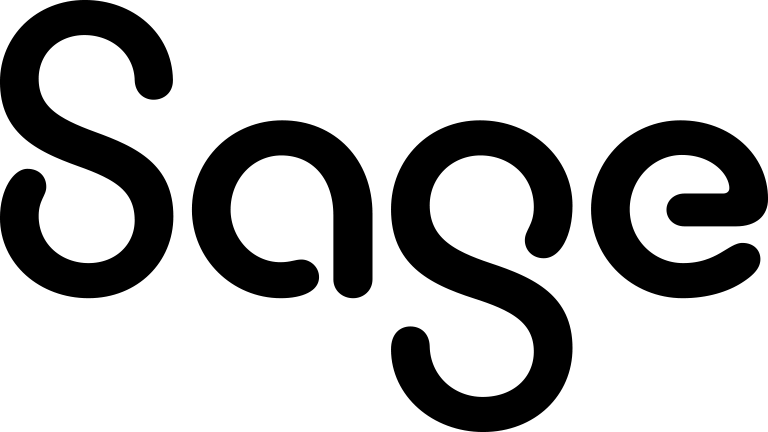Over the past 10 years, and particularly since the pandemic struck, senior executives have gained a much greater understanding of just how important HR and people agendas are to organisational success.
As a result, although similar in some ways, the kind of risks that HR leaders are facing now have become much more strategic and business-focused than they were in the past. They are also much less about individual problems and much more about the implications of failing to create effective people-centred cultures.
HR preparing for the future:
Work reinvented: take the future of work in your own hands
Failure to attract workers puts key sectors at risk
Failing to deal effectively with significant change
Why is this risk important?
The amount of change employers have had to navigate over the past few years due to the pandemic and the ever-growing pace of technology has been immense. The situation looks unlikely to ease any time soon as other factors, including hybrid working and the rising pressure on the cost of living, add to HR leaders’ responsibilities.
The problem is, says Corina Forman, HR director at parcel delivery network APC Overnight: “The rate of change is so fast and the world so increasingly complex that if we don’t build internal resilience and continual learning and
agile mindsets in our people, we’ll impede the organisation’s ability to change.”
How can HR address it?
The secret to success here is to create an organisational culture in which employees do not feel threatened by change and are comfortable in embracing a learning mindset.
A continuous learning culture, Forman says, includes equipping staff with the technical expertise they need to meet changing job roles and supporting them in developing soft skills that enable them to personally adapt to shifting circumstances.
Another key consideration is facilitating a leadership style that is collaborative and people-centric, where people work without fear of being blamed should they make mistakes.
As Forman explains: “If people are concerned with covering their own back, it inhibits the creativity, collaboration and critical thinking you need to be agile.”
Ineffective succession planning
Why is this risk important?
Several studies – including reports by leadership development consultancy the Centre for Creative Leadership and executive search firm Heidrick & Struggles – indicate that a staggering 40% of executives fail in their post within the first 18 months of taking it up.
But given the important role senior leaders play in setting the organisational vision and tone, the potential disruption and lack of direction that can result is not good for business.
According to Colin Yoshioka-Smith, head of people and talent at accountancy firm Flinder, in a time of deep skills and labour shortages, employers can no longer afford to limit their succession planning activities purely to executives. Instead, they must include other key talent too.
He says: “It’s important to deal with succession planning across the whole business. It’s about putting in place recruitment and staff development projects to ensure you achieve your goals.”
How can HR address it?
At the executive level, Forman believes it is not just vital for HR to plan ahead so that members of the internal candidate pipeline are given the chance to develop requisite skills and access necessary career development opportunities. It is also crucial to ensure that new executives, whether brought in internally or externally, do not fall foul of the pitfalls of cultural misalignment.
Soft skills again, she says, will be crucial, but HR also needs to ensure they help new leaders develop appropriate support networks.
“Research has shown that when CEOs transfer to a new organisation, the more of the top team they can take with them, the more successful they’ll be,” Forman explains. “So how HR can support them is to ensure the right induction is in place to enable incoming executives to meet the right people and have the right conversations early in their role.”
Low levels of staff retention
Why is this risk important?
Labour and skills shortages across all areas of the economy and at all strata of the workforce have been compounded by Brexit, the Great Resignation, high numbers of older people leaving the workforce and a reassessment of priorities since the pandemic. Competition for talent is at record levels, leading to wage inflation and staff attrition, which are both at levels not seen for years.
As a result, Tim Pointer, chief people officer at brand management agency CAA Brand Management and senior vice president HR at Global Brands Group, says workforce retention is becoming increasingly vital for the health of the business.
He explains: “HR has to look after the health of the business first and foremost as it provides employment, but looking after the health of colleagues too is vital for long-term sustainability, growth and profitability.”
How can HR address it?
According to Genevieve Glover, group HR director at care provider Barchester Healthcare: “Providing a good employee experience makes a big difference from a retention perspective. It’s not rocket science, but there is something around consistency
in getting the basics right across the whole employee lifecycle.”
These basics include key cultural issues, such as ensuring authentic and open two-way communication, and providing clear appraisal, career development and upskilling and reskilling pathways. But they also include offering support, internally or via third parties, to enhance employees’ physical, mental and financial wellbeing.
"It’s not rocket science, but there is something around consistency in getting the basics right"
As Paul Boustead, director of people and culture at the University of Leeds, explains though, it is important that such activities both reflect the organisation’s strategy and values, and generate maximum benefit for the business and its employees.
“It’s about offering a total reward and employment package,” he explains. “So, for example, we’re offering a salary sacrifice scheme for electric cars to provide tax relief, but providing charging points on site also mitigates the rising cost of fuel for people commuting to work, and it’s all great for our carbon footprint.”
Operating in an unsustainable and unethical fashion
Why is this risk important?
Employers can no longer avoid ethical concerns as they are now a key part of the employer brand and an important retention tool.
“Everything starts with reputation,” believes Pointer, something that is particularly true in a social media-influenced world in which consumers can hold individuals and companies to account for unethical practices and behaviour almost instantly.
This means, says Forman: “HR and other executives can’t afford to turn a blind eye as the resultant reputational damage can have a dire financial impact. It can lead to a fall in shareholder confidence and value, as well as having a toxic impact on company culture and on your brand and employer brand – so there are multiple consequences.”
How can HR address it?
The first thing to focus on is ensuring compliance with key legislation, including equal pay, anti-slavery, sexual harassment and environmental regulations.
But Forman says: “Your systems have to line up with your organisational culture, so while it’s all well and good saying you want to conduct sales in an ethical manner, if your incentive scheme encourages the wrong behaviour, it won’t work. But it also feeds into your talent management approach, so are you just looking at outputs, or the values and behaviours that achieve those outputs too?”
The idea here is that if your policies, processes and systems fail to align, it will be impossible to effect meaningful change.
But ensuring an ethical culture is about more than simply having good governance in place these days.
Enabling a diverse, equitable and inclusive working environment is also becoming a progressively crucial part of the reputational mix, particularly as environmental, social and governance (ESG) issues continue to rise up the board agenda.
Moreover, as Yoshioka-Smith, says: “Diversity and inclusion isn’t just about ticking a box of the Equality Act of 2010. It’s about whole talent pools you’re not tapping into and as, post-Brexit, we start to bring in growing numbers of people from outside Europe to help solve the skills crisis, inclusion will become increasingly mission-critical too.”
The full piece of the above appears in the May/June 2022 print issue. Subscribe today to have all our latest articles delivered right to your desk.











